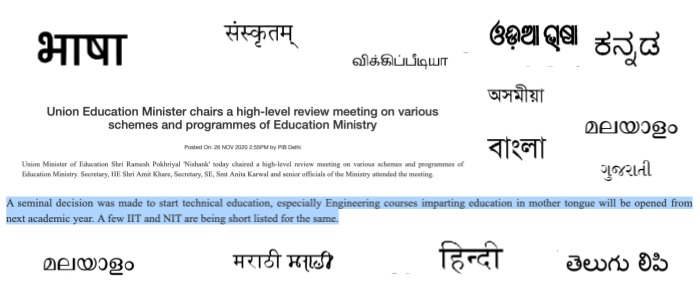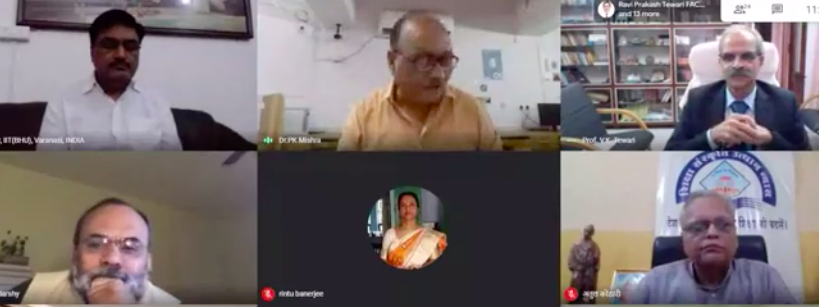
Language Hubs for Assisted Learning
Can regional languages help students understand classroom lectures better? Prof. Virendra K Tewari, Director, IIT Kharagpur shares his views on setting up language hubs at technical institutes to assist students especially those from vernacular medium or facing difficulty in English communication. In a recent briefing, the Union Education Ministry made an announcement to start technical education, especially for engineering courses, in mother tongue from the next academic year including shortlisting of a few IITs and NITs. Since the announcement of NEP 2020 with a thrust on regional languages, , speculations and debates were up for embracing regional languages in the…

